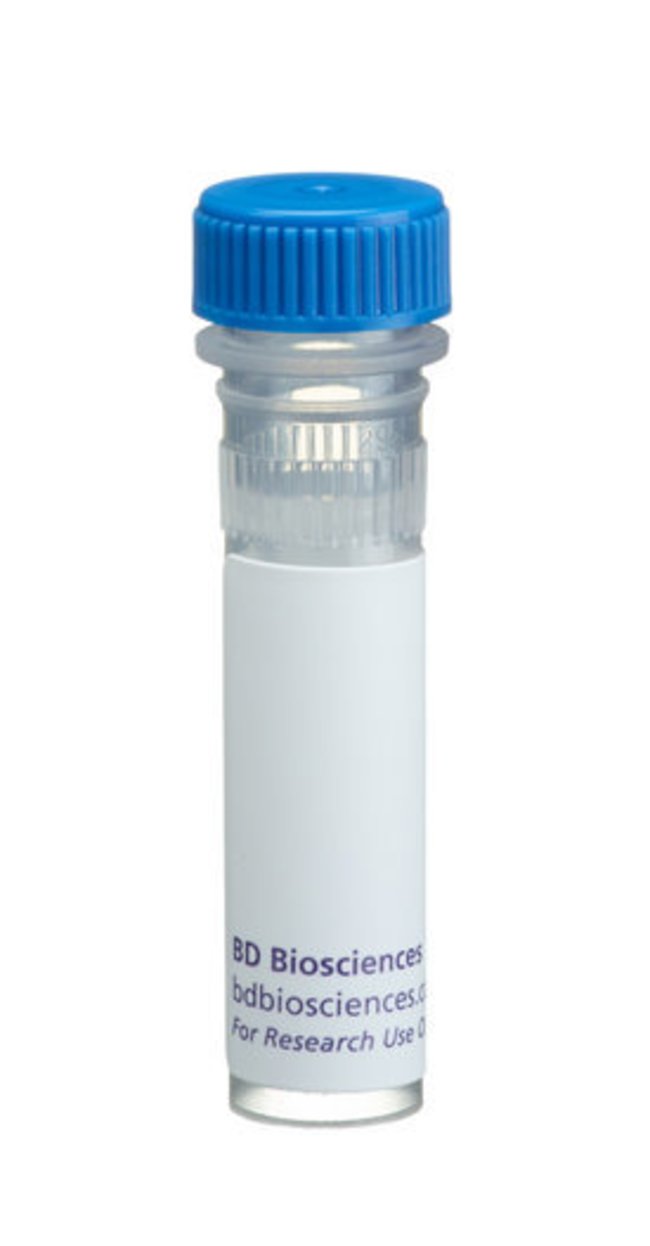Cofilin Mouse, Unlabeled, Clone: 32, BD, Mouse Monoclonal Antibody, Each

Details:
Cell motility is a basic cellular behavior involved in embryogenesis, neurite outgrowth, wound healing, inflammation, and cancer metastasis. Filamentous actin is an essential component of cell protrusions involved in cell motility. The protrusion formation is regulated by actin polymerization and depolymerization. Cofilin is a ubiquitously expressed G- and F-actin binding protein that contains a nuclear localization signal, a C-terminal hexapeptide sequence that is identical to tropomyosin, and other regions that are homologous to actin binding proteins. In vitro, cofilin has actin severing activity and induces an increased off-rate from the pointed end of actin filaments. These activities can increase the rate of actin polymerization and depolymerization, as well as increase the number of barbed ends available for polymerization. Stimulation of MTLn3 cells with EGF leads to an increase in cofilin at the leading edge of laemellipodia, which correlates with an increase in the number of barbed ends at the leading edge. Cofilin function blocking antibodies inhibit both the appearance of these barbed ends and lamellipodial protrusion. Thus, cofilin is an actin binding protein that regulates actin filament formation during cell motility.Western Blotting
Additional Information
| SKU | 10135508 |
|---|---|
| UOM | Each |
| UNSPSC | 12352203 |
| Manufacturer Part Number | 612145 |

